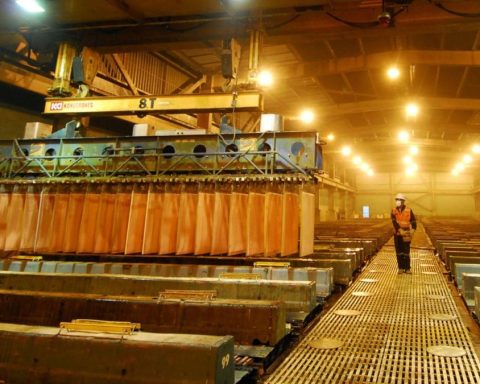the boom of the digital transformation took over companies in the world and with it, countries like Peru advanced rapidly on the path of digitizing their organizations, especially in processes such as the supply chain. In this sense, Oskar Sarquis, CEO of Suplos, comments on the sectors with the greatest digital transformation in the country.
It is worth mentioning that the most recent Govtech index, published by the World Bank, places the country in group A (“very high”), of the most advanced countries in terms of digital transformation in Latin America, along with Argentina, Brazil, Chile , Colombia, Mexico and Uruguay.
According to Sarquis, “purchase management technologies have given industries the possibility of generating efficiencies and savings of up to 30% in terms of searching for qualified suppliers, bidding processes, hiring and negotiations.”
Next, the specialist comments on which are the sectors that most implement these technologies and lead the digitalization of their supply chains in the country:
- Banking and insurance: According to the World Bank, this is the most digitally mature sector. 61% of companies have accelerated their holistic digital transformation plan and 35% have continued with the plan outlined. These companies, having a lot of data from their processes, have begun to implement Supply Chain Analytics within their supply decisions.
- Telecommunications: Due to its level of criticality, the companies in this sector have made it a priority to maintain the constant supply of the service, so the supply cycle cannot stop. This sector usually has more mature practices in the implementation of processes and systems in the supply chain. They use cloud solutions to remotely find and validate suppliers that allow them to operate without major interruptions.
- Miner: By 2022, a growth of 5.9% of this sector in the country is estimated, according to the Central Bank. To address this issue, this industry has encouraged greater investment in its digital transformation process. The constant interest of mining to maximize its operations, while achieving savings in the process, classifies it as a sector that offers opportunities in the digitalization of its supply chain, using purchase planning and online contracts with more and best providers.
- Agribusiness: This sector, which is one of the pillars of income and employment generation for the country, has recently shown its first initiatives towards digital transformation. Its importance lies in contributing about 5.4% to GDP, according to data from the Ministry of Agrarian Development and Irrigation (Midagri). In this sector, digitization has been growing in terms of the use of the Internet of things and the development of digital contracting and bidding so that more suppliers can rigorously comply with industry requirements.
- Mass consumption / Trade: According to the Lima Chamber of Commerce, in Peru, foreign trade represented close to 20% of GDP by 2021. After the pandemic, companies from various sectors saw their demand increase, as well as their acceleration of digital transformation so considerable. This implied a greater volume of negotiation with its suppliers and finding allies that had sufficient capacity to meet the demand with the required quality. To do this, the companies relied on technological solutions for online supplier prequalification and validation that allowed them to assess the capacity and compliance of their allies.

















